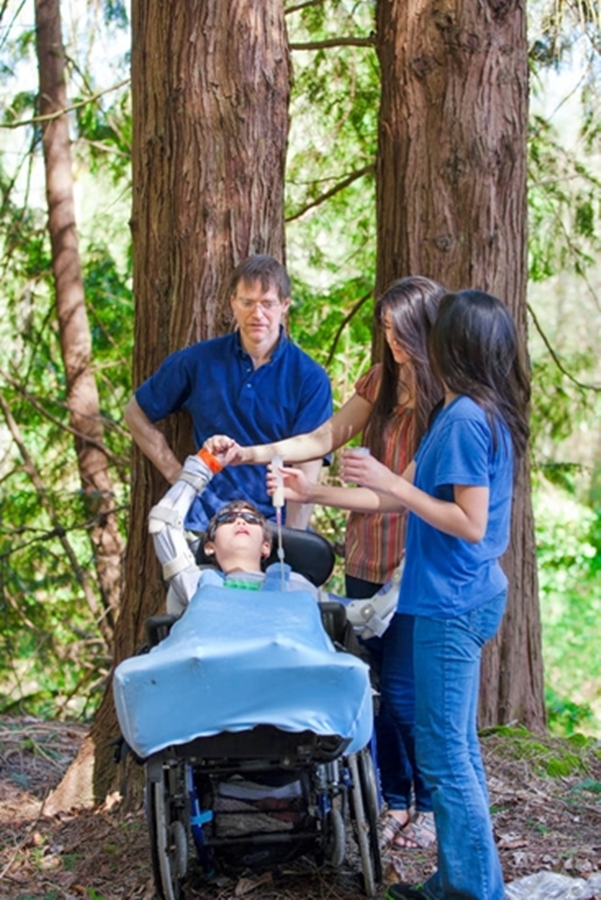Cerebral Palsy
Movement, Balance, Posture
Cerebral Palsy (Cerebral=brain, Palsy=muscle weakness) is a term used to describe several childhood motor disabilities that affect movement, balance, and posture.
Associated Conditions
In addition to challenges posed by muscle weakness related to movement and posture, associated conditions such as
- intellectual disabilities,
- seizures,
- vision, hearing, or speech impairments,
- changes in the spine or
- joint problems may develop.
Intervention Services
Both early intervention and school-aged services are available through the Individuals with Disabilities Education Act (IDEA). Part C of IDEA deals with early intervention services (birth through 36 months of age), while Part B applies to services for school-aged children (3 through 21 years of age).
Failure to Reach Milestones
If you think your child is not meeting movement milestones or might have CP, contact your doctor or nurse and share your concerns.
How to Get an Evaluation
If you or your doctor is still concerned, ask for a referral to a specialist who can do a more in-depth evaluation of your child and assist in making a diagnosis.
At the same time, call your state’s public early childhood system to request a free evaluation (sometimes called a Child Find evaluation) to determine if your child qualifies for intervention services. You do not need to wait for a doctor’s referral or a medical diagnosis to make this call.
https://www.cdc.gov/ncbddd/cp/facts.html
Muscular Dystrophies
What are Muscular Dystrophies?
Muscular dystrophies are a group of muscle diseases caused by mutations in a person’s genes. Over time, muscle weakness decreases mobility, making everyday tasks difficult. There are many kinds of muscular dystrophy, each affecting specific muscle groups, with signs and symptoms appearing at different ages, and varying in severity.
Family History
Muscular Dystrophy (MD) can run in families, or a person can be the first in their family to have muscular dystrophy. There may be several different genetic types within each kind of muscular dystrophy, and people with the same kind of muscular dystrophy may experience different symptoms.
MD Is Rare
Muscular dystrophies are rare, with little data on how many people are affected. The Centers for Disease Control and Prevention (CDC) is working to estimate the number of people with each major kind of muscular dystrophy in the United States.

